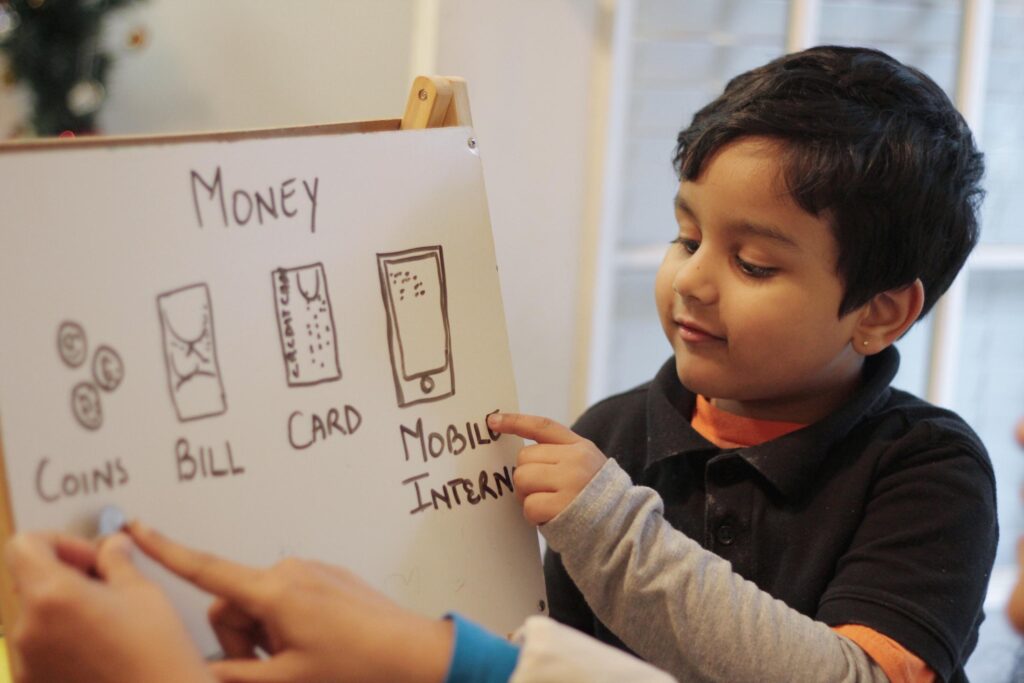It’s interesting to consider the origin of the phrase, “the gift that keeps on giving.” While you might assume it was created by a greeting card company or a similar organization, the first known use was by the Victor Corporation, in the mid-1920s. They had just recently brought to market their new invention, the phonograph. The idea was that if you bought a phonograph, you could listen to your favorite music over and over, whenever you wanted. In that sense, the marketing message was on point: a phonograph could keep on giving you hours and hours of musical enjoyment.
But on the other hand, when was the last time you used—or even saw—a phonograph? In fact, when was the last time you actually listened to a record on vinyl? In other words, the phonograph kept on giving—until it stopped for good.
On the other hand, the gift of financial literacy has no expiration date, and it will never be overtaken by new technology. As we enter the season of gift-giving, why not offer to the important people in your life a gift that will serve them from now on? No matter whether the people on your list are in elementary school or well into retirement, you can offer them this gift in an age- and experience-appropriate package that will afford them opportunities you couldn’t provide any other way.
Ages 8–14. One way to get younger kids excited about finance and investing is by helping them become part owner of a company they’re already interested in. On sites like GiveAShare.com, UniqueStockGift.com, and others, you can buy a single share of companies like Disney, Nintendo, Mattel, GoPro, or hundreds of others and present it to your favorite youngster. From there, it’s a short step to helping them track the stock price, discussing the effects of various economic and financial events, and other practical topics. And using apps like Greenlight.com, you can even set up a “digital wallet” for a savings and investment account, a parent-monitored debit card, and more.
High school and college. Even if a 529 education savings plan isn’t in your holiday budget, you can encourage financial literacy for your high school- or college-aged student by setting them up with a budgeting and spending app like Mint.com, where they can easily manage a variety of money tasks from their smartphone (which is how they do pretty much everything, anyway). You can also help them start using a micro-investing platform like Acorns.com. They can link a spending account and “round up” purchases to deposit spare change into an investment account to purchase fractional shares. Acorns.com also offers educational programs to help them learn more, and there’s even a robo-advising function that can automate their investing activities.
Young and Mid-Career Professionals. Maybe you’ve got a child or even a grandchild who is launching into or rising in their career. As they navigate this critical period in their financial journey, why not give them the gift of a professional financial plan? Ask your own financial advisor about the availability of a fiduciary whom you could pay to meet with the young professional and get them started with a financial blueprint for their future. For the cost of a few hours of professional attention, you can help them establish basic strategies and goals that will serve them for years into the future.
Older Adults. As people age, it can grow more challenging to stay current with financial matters. Even experienced persons, as they advance farther into retirement, can become increasingly vulnerable to scammers and other opportunists who present threats to seniors’ financial security. You can help older relatives in this position by introducing them to free, easy-to-use tools like the Savvy Saving Seniors® Toolkit, developed by the National Council on Aging (NCOA.org). The NCOA website also offers links to money-saving ideas and assistance programs specially tailored for seniors who may need help with healthcare, nutrition, and other basics. Best of all, offering these benefits to a special older person is as easy as going to NCOA.org and educating yourself on ways you can make an older person’s financial life a little easier.
Obviously, offering the gift of financial literacy to the special people in your life probably won’t be as easy as clicking the “add to cart” link on Amazon.com or some other online shopping site. You might need to do a little research and perhaps consult with a trusted advisor. But the benefits for the recipient will likely reward your efforts, many times over. And—unlike a phonograph—the gift of financial literacy never wears out or becomes obsolete.



















